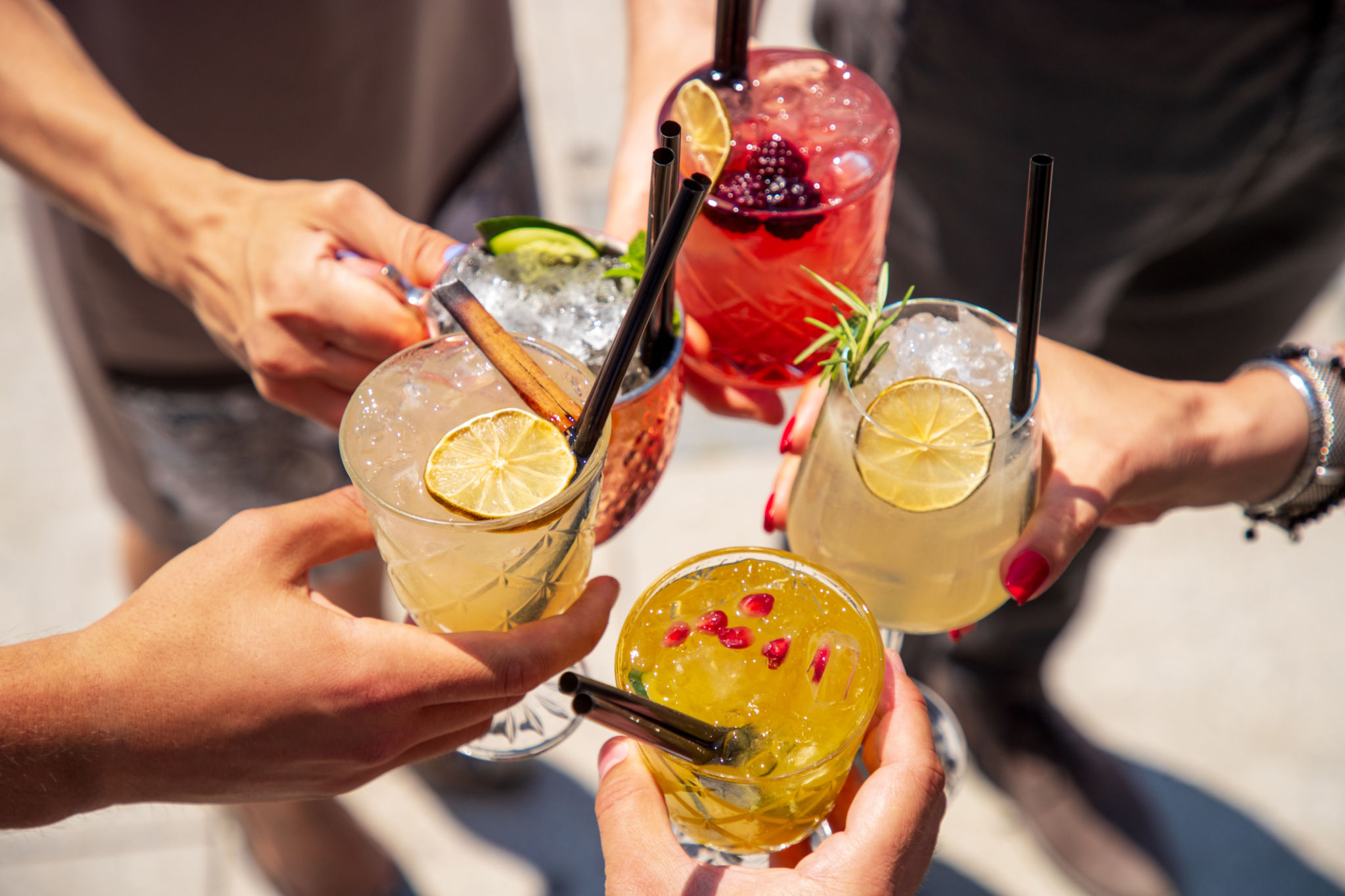The Impact of Weather on Daiquiri Sales: How Seasons Influence Flavor Choices
Understanding the Influence of Seasons on Daiquiri Sales
The world of cocktails is as dynamic as the weather, and few drinks illustrate this better than the daiquiri. As temperatures rise and fall, so too do the sales of this beloved cocktail. But what exactly is it about the changing seasons that influences our daiquiri cravings? Let's explore how weather impacts flavor choices and sales in the daiquiri market.
Warm Weather and the Rise of Classic Flavors
When the sun is shining and temperatures soar, the demand for refreshing, classic daiquiris tends to increase. The traditional combination of rum, lime juice, and sugar provides a perfect balance of sweet and tart that is both invigorating and thirst-quenching. These classic flavors offer a sense of nostalgia and simplicity, appealing to those looking to cool off with a familiar taste.
The popularity of outdoor gatherings and beach vacations during warmer months contributes significantly to this trend. Bars and restaurants often see a spike in orders for frozen daiquiris as patrons seek a cold, fruity escape from the heat.

Autumn and the Shift to Spiced Variations
As the leaves begin to turn and temperatures drop, consumer preferences shift towards flavors that embody warmth and comfort. This seasonal transition often leads to an increased interest in spiced daiquiris featuring ingredients like cinnamon, nutmeg, and ginger. These flavors provide a cozy twist on the classic drink, aligning perfectly with the autumnal desire for richer, more complex tastes.
Bars may also experiment with incorporating seasonal fruits such as apples or pears into their daiquiri offerings, enhancing their appeal during this time of year.

Winter's Influence on Daiquiri Sales
Winter presents a unique challenge for daiquiri sales as cold weather can dampen enthusiasm for icy beverages. However, creative bartenders have found ways to adapt by crafting warm daiquiri variations or using robust, dark rums that offer a heartier experience. Ingredients like cloves or dark chocolate can also be introduced to create a winter-friendly daiquiri that warms the spirit as well as the body.
This season also sees an uptick in holiday-themed daiquiris, where festive spices and flavors make an appearance in special seasonal menus.
Spring: A Season of Renewal and Fruity Flavors
With spring comes a rejuvenation of nature—and of daiquiri sales. Fresh, vibrant fruits become more accessible, leading to an explosion of fruity daiquiri variations. Ingredients such as strawberries, mangoes, and passion fruit are popular choices that reflect the season's blossoming vitality.
Springtime events like brunches and garden parties provide ample opportunity for these fresh flavors to shine, catering to those eager to celebrate the end of winter with a burst of fruity refreshment.

Conclusion: Adapting to Seasonal Preferences
The impact of weather on daiquiri sales is a fascinating example of how environmental factors can shape consumer behavior. By understanding these trends, businesses can tailor their offerings to meet customer demands throughout the year. Whether it's capitalizing on classic flavors in summer or introducing spiced variations in fall, adapting to seasonal preferences can lead to increased sales and customer satisfaction.
Ultimately, the key to success lies in innovation and flexibility, ensuring that no matter the season, there's a daiquiri waiting to delight every palate.